Quest for Coffee (7) | Mastery of Milk
Learning to create beautiful latte art yourself at home is hard. Even with professional equipment, the mastery of milk is challenging on its own, let alone making magic on the coffee cup.
Knowing the techniques and seeing the experts do it are absolutely not substitutes for your practice – don’t fall into this mental trap as I may have at the beginning. You can’t make magic by watching videos.
Now, after quite a few cups of coffee later, I assure you – practice is practice, and knowledge only corrects the technique to be practiced. Then you practice again.
Mastery of milk may sound basic, and perhaps it is, but it is also a building block of becoming a latte art wizard.
The Key to Mastery Lies in Thee
Apart from sounding fancy, the title is true. The secret to the magic of latte art lies in you and the practice you have.
But, what exactly do you practice?
To truly gain good practice at pouring ‘hearts’ or ‘tulips’ or any other magic milk designs on coffee takes time and deliberate practice. I would even go so far as to guess that the expertise on latte art relies much on muscle memory.
That’s how the magicians in those coffee houses and cafes pull off their magical milk stunts. Practice and experience builds muscle memory to steam milk consistently.
In turn, this builds up the latte art practice and gives them the magical ability to create designs with milk, unlike my attempts at latte art magic, which were more just ‘pouring of milk into coffee’.
Mastery of Milk Makes Magic
It takes well-steamed milk and refined techniques to create proper opportunities for practicing latte art magic.
Mastery of milk, especially steaming it, is no easy task. I sure haven’t had it that way.
I went through a lot at the beginning trying to find out the way to angle the steam wand and the depth at which it should be. Check out my basic tips here.
Despite the practice over the weeks, none of it is close to perfect. It gets frustrating sometimes when I try my best to nail the milk-steaming process, use the techniques I know to be correct, and yet it yields poor results.
The mistakes are all too familiar – watery milk, inconsistent texture, too foamy, poor incorporation of microfoam. You name it.
I still need to touch the pitcher, see the position of the wand, hear the sound of the air and watch the vortex of the milk. Sometimes I need to adjust it to form a powerful vortex. Sometimes the volume of milk is too much or too little for a particular steaming duration. Having a rough guide for temperature makes it easy to time but hard to repeat.
Again, I find more practice required.
Come to think of it, baristas do actually practice all day long at their jobs – every single cup made is practice under their belts. With a long hiatus, their latte art magic skills would become rusty too.
As I describe this journey of steaming milk and making magical latte art, it sure feels harder than I expected.
And it’s almost like a research project now.
I can’t say I have mastered creating the magical ‘heart’ design. The outcomes actually leave much to be desired. But, as I pour and draw and play with the milk, I see improvement in the fundamental technique of creating the shape.
The “Dip and Scoop” Technique
To magically muster a heart in the coffee, one must first channel the milk to form the centre bulk of the shape. Milk should be poured in a manner where a thicker stream enters the cup first.
This technique, as I like to describe as the ‘dip and scoop’, basically performs the function of first pouring the centre of the heart with a thicker pool of foam. After a few seconds, as you slowly push the pitcher forward, you simultaneously scoop the mouth of the pitcher up to narrow the milk stream into the cup, creating the iconic tip at the bottom of the heart.
Of the 4 basic designs, the heart would be easiest to start with for a beginner (like me). I can attest: it doesn’t require experience to first form the basic ‘pool’ of the heart shape.
What does take practice is when you want control of the size of the heart and the shading effects of the heart (layers of light brown inside).
Applying The Technique
In my latte art journey, I am currently trying out the ‘tulip’ design. Similar to the ‘heart’, the “dip and scoop” techniques apply to the ‘tulip’, but with more repetitions.
A ‘tulip’ is almost like 3 or 4 centres of a ‘heart’, each with a smaller size as they move up. With one big long stroke downwards, they are linked together to form the ‘tulip’ design. This stroke helps to shape the design into something like a stem of flowers. Or at least that’s what I understand so far.
Each “dip and scoop” allows the creation of a mini-heart shape on the surface.
‘Tulip’ gave me the chance to keep practicing the new trick of ‘dip and scoop’. Since each part of the ‘tulip’ is different in size, I get to experiment with various speeds of pouring to form the rough shape of the ‘tulip’.
It takes about 3 successful ‘dips and scoops’ to form the body of the ‘tulip’ before the long stroke combines it all.
Why does Mastery of Milk Matter?
My experience with this has been rather…unpredictable.
The milk’s consistency and texture needs to be homogenous. Simply having too thick textures of milk causes the design to be ‘flat’ – it just doesn’t pop.
Yet, having too thin a texture of milk basically doesn’t even allow you to perform any magic latte art. The milk just falls into the coffee and no foam sits above the surface.
Poorly steamed milk ruins your overall latte art performance by reducing your chances of even drawing anything; it also decreases effective practices. That’s just two setbacks we don’t need.
Having well-steamed milk would give the best chance at pouring beautiful latte art and hone those magical powers.
More and more evidently, steaming milk is one level and steaming milk well consistently is another.
I can’t tell you how many times I have steamed milk only to pour latte-nothing.
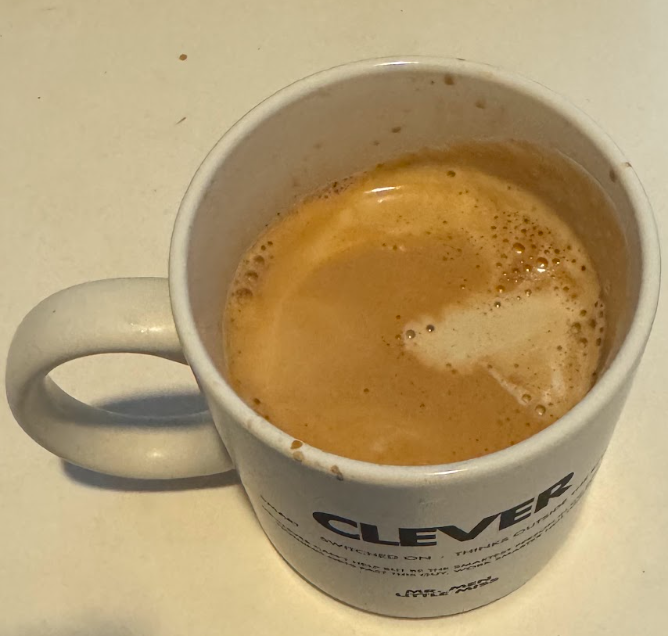
The texture was off. Deep sighs.
Delicious coffee nonetheless.
Don’t Cry Over Spilled Milk
So if anything has been obvious, milk and steaming it are absolutely critical to the strong and enchanting magic of latte art.
Great steamed milk combined with well-trained techniques produces inevitably mesmerising latte art magic!
I really had expected that this endeavour of learning latte art magic would be simpler.
Never had I thought that there would be such fascinating troubles and challenges to create a satisfying end design in the cup. It has been 2 months since I managed to pull out some form of latte art in the cup.
Progress is slow, but present.
The challenges have been tougher than I guessed. And all my mistakes had to be made, they were practically inevitable for any apprentice of latte art magic.
No number of videos and expert demonstrations can replace them.
And knowing they had to be made doesn’t take away the feeling of disappointment. No doubt it is demoralising to see effort but no results, but a quote from Alex Hermozi comes to mind:
You only start from scratch once.
~ Alex Hermozi ~
Every time you try after the first attempt, you start with experience. It may be little and they may seem unimportant, but each new experience takes me closer to mastering latte art magic.
They say that ‘good things are worth waiting for’. I shall keep on keeping on. I expect the journey to go on and for these pages filled in time with my trials and tribulations.
They also say ‘a picture is worth a thousand words’ so here’s my thousand words – several thousand in fact.
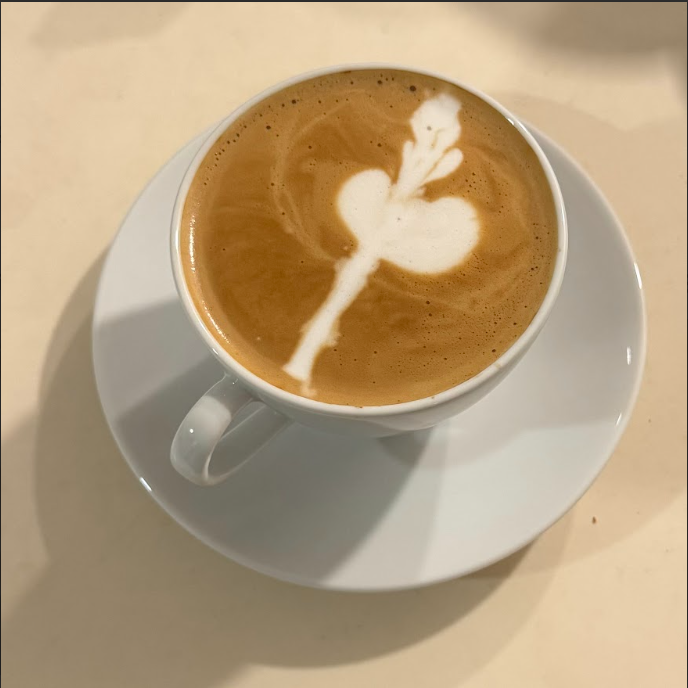
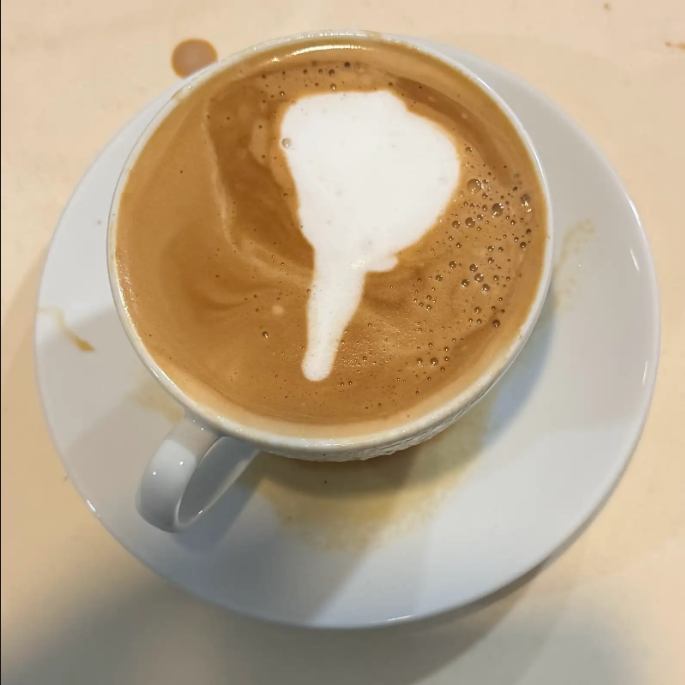
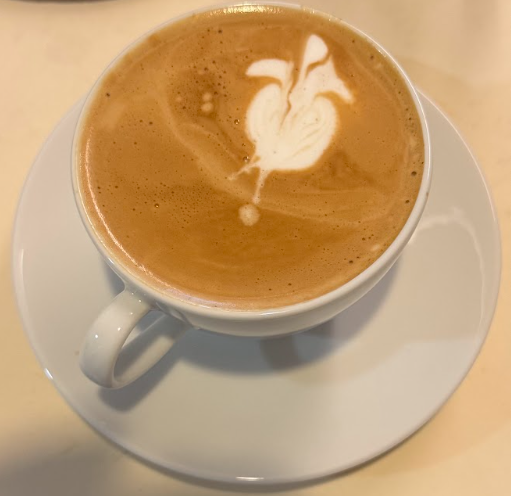
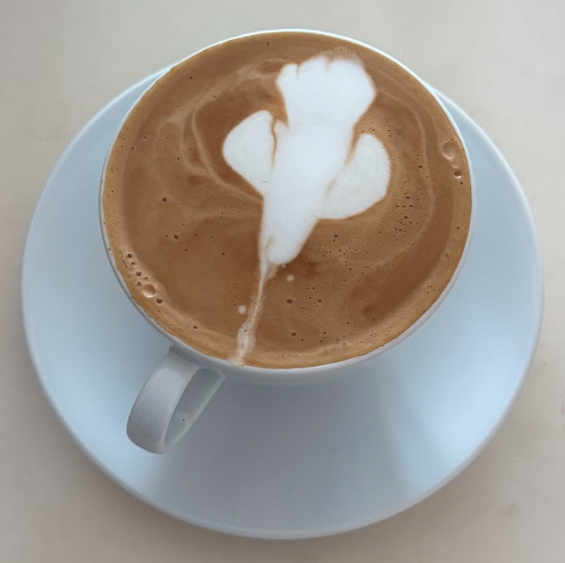
Continue on my Quest for Coffee by clicking below. I’ll see you there.
-
Quest for Coffee (13) | How To Pour Latte Art: My Breakthrough
-
Quest for Coffee (12) | 3 Life Lessons I Learned From Making Coffee
-
Quest for Coffee (11) | How to Pour Latte Art: Failures
-
Quest for Coffee (9) | Pouring A Latte Art Flower
-
Quest for Coffee (8) | 7 Mistakes Killing Latte Art Magic
-
Quest for Coffee (7) | Mastery of Milk
-
Quest for Coffee (6) | A Milky Way
-
Quest for Coffee (5) | Frothing Milk
-
Quest for Coffee (4) | 8 Tips to Coffee Puck Preparation
Click to explore other quirky and cool stories.
